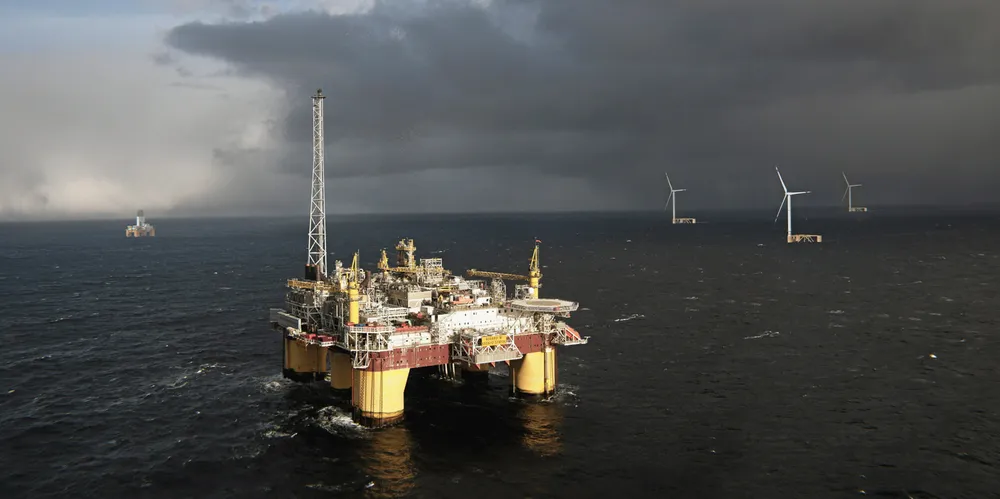Source Galileo and Odfjell spin-out join for floating wind oil greening play off Norway
Developer and offshore drilling contractor technology-offshoot to bid in the upcoming Utsira Nord zone auction to build deepwater oil decarbonisation projects

Developer and offshore drilling contractor technology-offshoot to bid in the upcoming Utsira Nord zone auction to build deepwater oil decarbonisation projects
